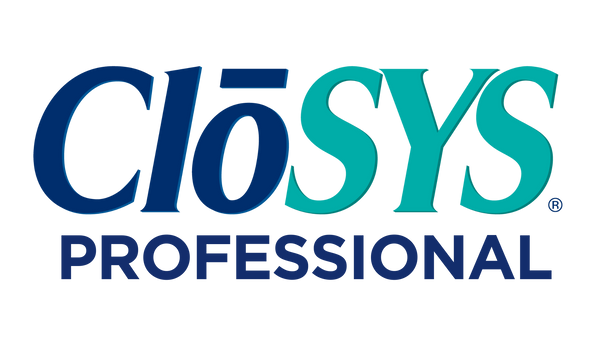Abstract
Purpose
This is a review of the literature on nonsurgical treatment of non-healing medication related osteonecrosis of the jaw (MRONJ) utilizing a phosphate buffer-stabilized 0.1% chlorine dioxide mouthrinse.
Methods
A literature search in PubMed revealed only six case reports. MRONJ lesion site description, patient's medication history, the healing time, and the MRONJ treatment protocol followed by those authors were recorded. Additional literature review of the scientific mechanism, risks and benefits, safety and efficacy of the phosphate buffer-stabilized 0.1% chlorine dioxide mouthrinse was also performed and discussed.
Results
Many of the authors of the published case reports utilized 0.12% chlorhexidine as the initial mouthrinse, but the lesions did not decrease in size. After switching to a phosphate buffer-stabilized 0.1% chlorine dioxide mouthrinse for a duration ranging from 1-12 months, there was complete healing of the MRONJ lesions in all of the cases. The phosphate buffer-stabilized 0.1% chlorine dioxide mouthrinse can be helpful in the management of active MRONJ lesions as well as the prevention of recurrent MRONJ lesions in the susceptible patient population.
Clinical significance
This literature review supports the use of phosphate buffer-stabilized 0.1% chlorine dioxide mouthrinse in the management of MRONJ lesions either as a first line of therapy or after 0.12% chlorhexidine had not been effective.
Conflict of interest statement
The authors declared no conflict of interest. The project was funded by Rowpar Pharmaceuticals Inc, Scottsdale, AZ, USA
